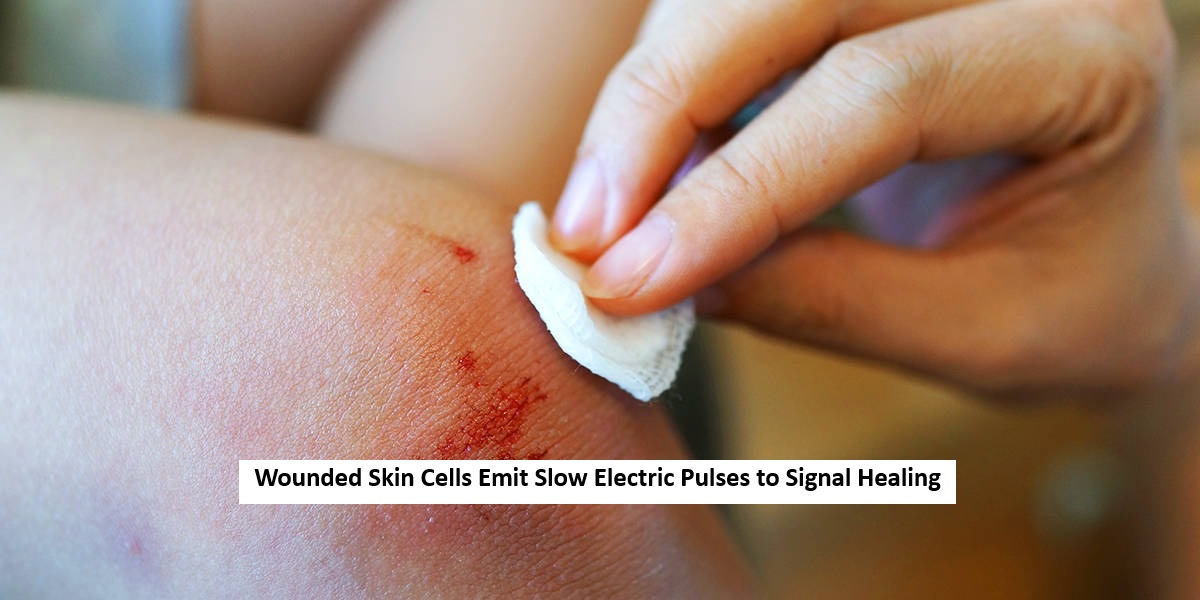
When we suffer a cut or injury, we instinctively feel pain—but behind this response lies a complex electrical process. A new study reveals that skin cells, like nerve cells, emit electric pulses when wounded. These signals, although much slower than those in the nervous system, can travel up to 500 micrometers, potentially alerting nearby cells to initiate healing.
Historic Mystery: Wounds and Electric Fields
Scientists have known for over 150 years that injuries can disrupt the electric fields in the skin. However, it was previously unclear whether skin cells themselves could produce electric spikes like nerve cells do.
To explore this, researchers Sun-Min Yu and Steve Granick at the University of Massachusetts Amherst used a model system where they grew human skin and dog kidney cells on chips lined with electrodes. They then created laser wounds to observe changes in electric activity.
Skin and Kidney Cells Emit Slow, Calcium-Driven Pulses
The study found that both types of cells generated slow electric spikes powered by calcium ion flow. These pulses have voltages similar to nerve impulses but last longer—about one to two seconds, compared to the milliseconds-long duration of nerve signals.
Interestingly, Yu nearly missed the discovery because her software was calibrated for fast nerve signals. By adjusting the software to detect longer pulses, the slower signals became visible.
Signals Persist for Hours, Supporting Tissue Repair
The electric pulses continued for over five hours after the injury. Researchers believe these long signals act as alerts, guiding neighboring cells to remove the damaged ones and begin the repair process. According to Min Zhao from the University of California, Davis, this makes sense, as tissue healing in epithelial cells is a slow process that can take days or weeks.
Future Research to Explore 3D Tissue and Cell Interaction
This discovery challenges the long-held belief that biochemical and mechanical signals dominate wound repair. Future studies aim to explore how these electric signals function in more complex 3D tissue environments and how they interact with other types of cells. The findings could lead to better understanding and enhancement of natural healing processes.

 Share
Share



